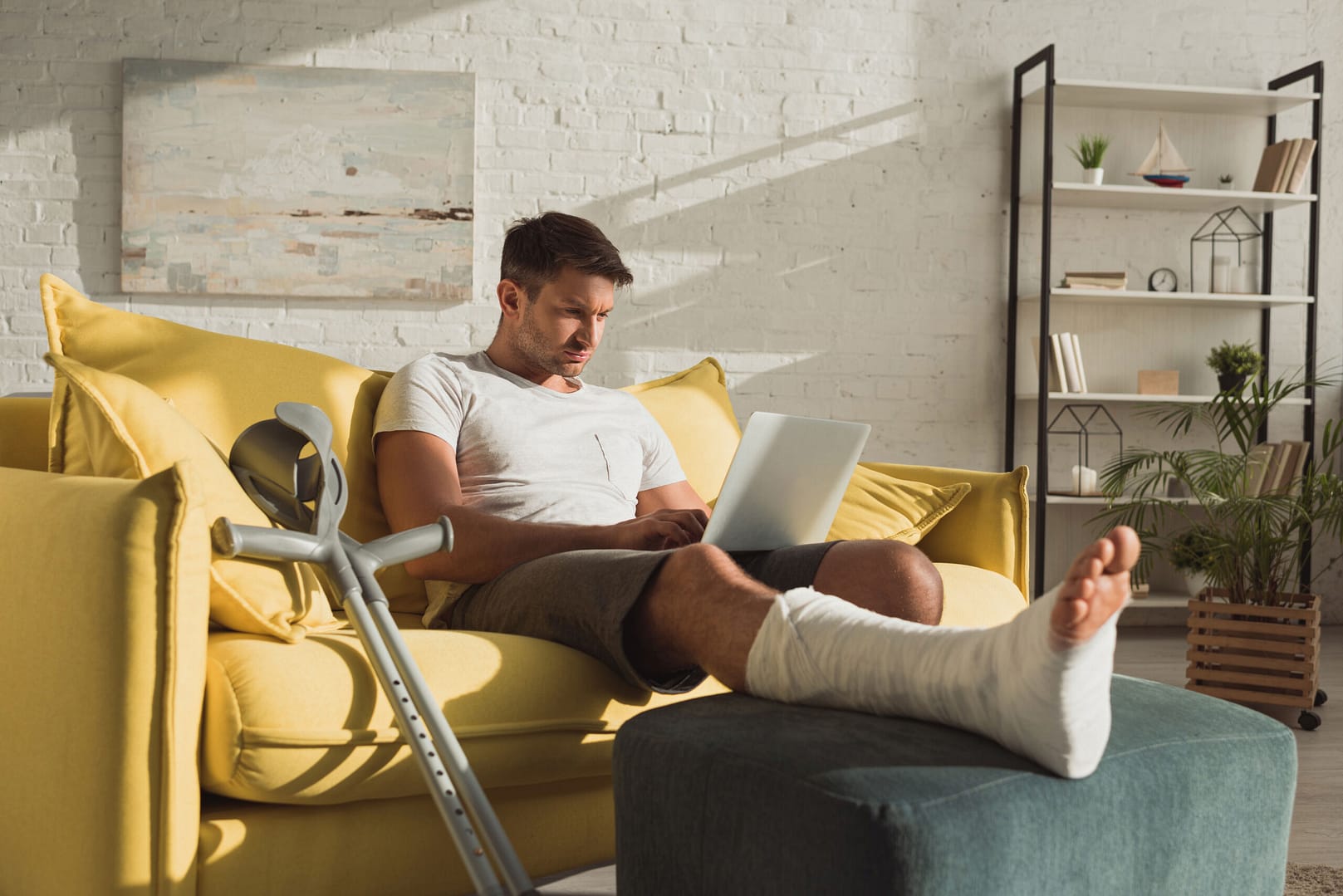Blogs
After a major surgery, patients are often sent home in a vulnerable state tired, ...
A potentially valuable insight from the analysis, and already well understood in other commercial ...
“If we don’t have a response rate of 80% or more, I’m not going ...
It's an endless debate – do happy, engaged staff deliver better patient care? Or, ...
Capturing patients' voices to inform care is a vital part of the clinical workflow. ...
Cemplicity has learnt that a successful Patient-Reported Outcomes Measures (PROMs) programme boils down to ...
Patient reporting of SSI is scientific - and here is why. Over the past ...
Last week, Josh, who leads our London-based account management team, mentioned an interesting snippet ...
As World Patient Safety Day is once again marked around the globe, we reflect ...
Subscribe
Subscribe to stay tuned for new features and latest updates.










